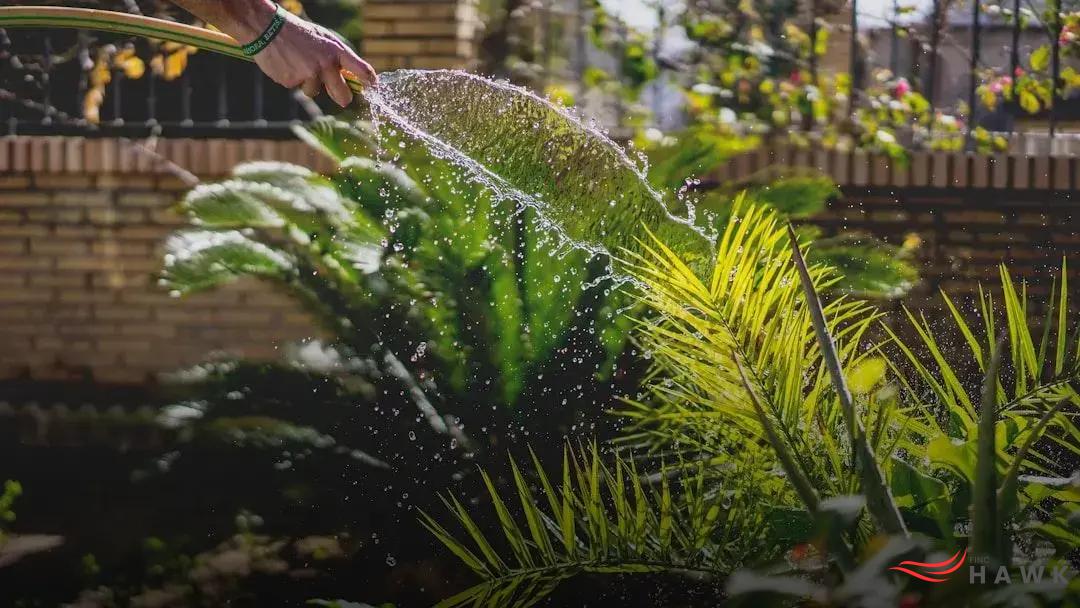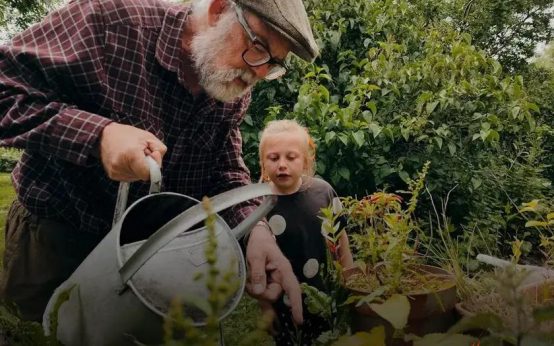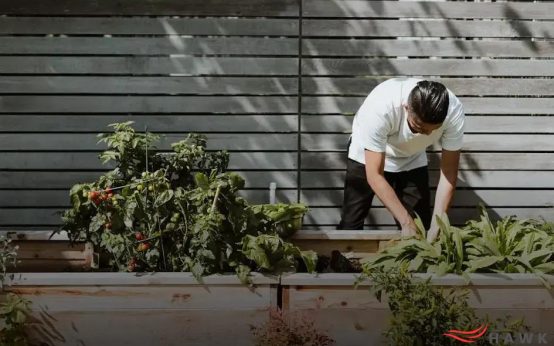Are you tired of seeing your beloved garden fade away every winter? With DIY greenhouses, you can enjoy gardening all year round, regardless of the season. These affordable and easy-to-build structures not only protect your plants but also ensure a continuous growing cycle. Let’s explore how to construct your own greenhouse and make the most out of every planting opportunity with practical tips and insights.
How to Choose the Right Materials
When constructing a DIY greenhouse, selecting the appropriate materials is crucial for success. The materials not only influence the durability and efficiency of your greenhouse but also affect how well it can maintain temperature and withstand weather conditions.
Firstly, consider using polycarbonate panels. These are popular due to their strength and ability to retain heat better than glass. They are also lighter and safer to handle. Glass is another traditional choice, providing excellent light transmission, but keep in mind that it may be heavier and more expensive.
For the frame, aluminum is a common option because it is lightweight, rust-resistant, and provides sturdy support. Alternatively, a wooden frame offers a natural look, although it may require more maintenance to prevent rot and insect damage. Choose wood types like cedar or redwood, known for their resistance to decay.
Additionally, consider the use of sustainable materials. Recycled or eco-friendly options provide a more sustainable approach, aligning with the concept of environmental consciousness.
Insulation
is another key factor. Depending on your climate, you may need to insulate walls or floors. Options like bubble wrap or even straw bales can help maintain the internal temperature, ensuring that your plants thrive all year.
Finally, don’t overlook the importance of a solid foundation. Materials like gravel, concrete, or treated wood ensure stability and long-term durability of your greenhouse. Choose according to the landscape and climate conditions of your area. By carefully selecting your materials, you can construct a greenhouse that fulfills your gardening needs and endures through every season.
Building Steps for a Sturdy Foundation

Step 1: Planning Your Layout
A well-thought-out plan is essential for a strong foundation in your DIY greenhouse project. Begin by selecting a location with ample sunlight, good drainage, and protection from strong winds. Use stake and string to outline the intended size and shape of your greenhouse on the ground.
Step 2: Preparing the Ground
Once your layout is marked, clear the area of any debris, roots, or rocks. Level the ground as much as possible to ensure stability. Consider adding a layer of gravel for improved drainage, especially if building on clay or poorly draining soil.
Step 3: Constructing the Frame
Selecting durable materials such as treated wood or metal for your frame is crucial. Begin by setting the corner posts securely into the ground. Use a spirit level to ensure they are vertical. Connect the posts with horizontal beams to form the basic skeleton of your structure. Reinforce with braces where needed for added security.
Step 4: Establishing a Solid Base
To further enhance the foundation, consider pouring a concrete base or placing concrete blocks at key stress points. This will provide the rigidity your greenhouse needs to weather various conditions. Ensure all components are evenly spaced and balanced to maintain structural integrity.
Step 5: Securing the Foundation
Finally, double-check all measurements and attachments. Secure the framework with screws or bolts suitable for outdoor use. The foundation should hold up against shifting over time, providing a stable base for your gardening sanctuary.
Maintaining Your Greenhouse Environment
It’s crucial to monitor and maintain the optimal conditions within your greenhouse for the health of your plants. Start by ensuring proper ventilation to regulate temperature and humidity levels. Install adjustable vents or fans, which can help circulate the air and prevent heat buildup, especially during hot summer days.
Regularly check the temperature using a reliable thermometer. Aim to keep temperatures between 65°F and 75°F (18°C to 24°C) during the day, and ensure it doesn’t fall below 45°F (7°C) at night to prevent stress in plants.
Keep an
eye on humidity
levels as well. Too much moisture can lead to mold, while too little can cause dehydration. Use a hygrometer to measure humidity and adjust it as needed, such as through misting or using a dehumidifier if necessary.
Lighting is another essential element. Ensure that your greenhouse receives adequate sunlight or supplements it with grow lights to support photosynthesis. Rotate plants periodically to ensure they receive equal light exposure.
Mold and pests can be a concern, so regularly inspect your plants for signs of disease or infestation, and use organic solutions to address any issues promptly. Keeping the greenhouse clean helps prevent problems.
Common Mistakes and How to Avoid Them

Overwatering Plants
One common mistake in DIY greenhouses is overwatering plants. The enclosed environment of a greenhouse traps moisture, making it easy for the soil to stay wet longer than expected. To avoid overwatering, check the moisture level of the soil before watering and adjust your schedule accordingly.
Incorrect Placement
Placing your greenhouse in the wrong location can limit sunlight exposure, impacting plant growth. Ensure your greenhouse gets ample sunlight by positioning it away from buildings, trees, and other structures that cast shadows.
Poor Ventilation
Proper ventilation is crucial in a greenhouse to circulate air and regulate temperature. Ensure there are vents that you can open and close according to the weather. An oscillating fan can further help in maintaining air movement.
Choosing the Wrong Plants
Not all plants thrive in a greenhouse setting. Avoid this mistake by selecting plants that are suited to the controlled environment. Consider the climate your region naturally provides while choosing plant species for your greenhouse.
Lack of Pest Control
Many gardeners assume their greenhouse is a pest-free zone, leading to inadequate pest control measures. Regularly inspect your plants for signs of pests and employ natural pest management strategies to keep them at bay.
Enjoying the Benefits of Year-Round Gardening
Year-round gardening can be incredibly rewarding, offering constant access to fresh produce and a zen-like atmosphere all year long. With a DIY greenhouse, you can extend the growing season beyond the typical limits imposed by climate. Imagine reaping the benefits of your own fruits and vegetables even when winter chills the outdoor world. This continuous cycle of growth can also help reduce grocery bills and ensure that you always have nutritious, home-grown options available.
DIY greenhouses empower you to cultivate your plants efficiently and in a sustainable way. By harnessing the power of the sun, you maintain an eco-friendly approach while fostering plant growth. Having a greenhouse means you can manage plant protection from pests and harsh weather easily, without resorting to chemical pesticides.
This advantage allows for a more diverse planting schedule, as you are no longer at the mercy of unpredictable weather patterns. You have a controlled environment at your disposal, which permits the planning and execution of a variety of crops throughout the year. This stability provides an opportunity to experiment with plants you wouldn’t ordinarily consider due to climate restrictions.
Greenhouses provide sanctuary not only for your plants but also for you, especially in colder months. Spending time in the warmth of your greenhouse can be both comforting and refreshing, offering a perfect space for relaxation and enjoying nature.





